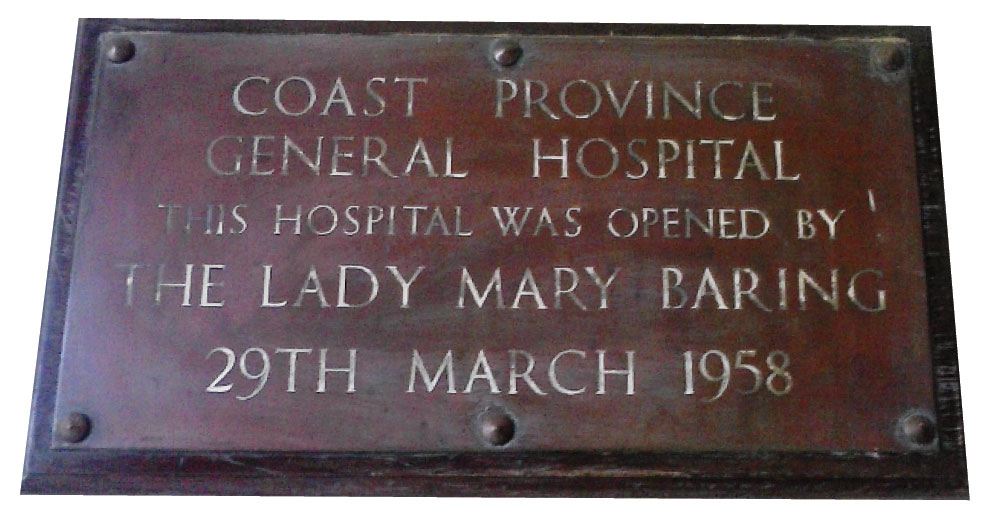×
The Standard e-Paper
Join Thousands Daily
 |
| The hospital and plaques showing details of its building and opening. [PHOTOS: MKALA MWAGHESHA/STANDARD] |
By MKALA MWAGHESHA
MOMBASA, KENYA: When gunmen struck at a church in Likoni on the Sunday of March 23, the victims of the assault, including baby Satrin Osinya, were taken to the Coast Province General Hospital (CPGH), commonly referred to as Makadara by the locals.